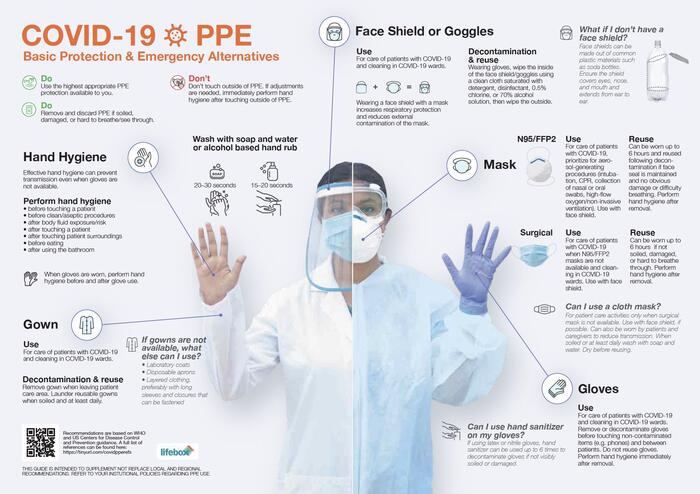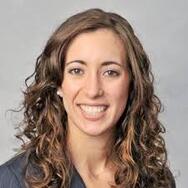Styczynski is this year’s Rosenkranz Prize winner for her ongoing research into why Bangladesh is among the top 10 countries with the highest number of stillbirths. She believes intrauterine infections may be an underrecognized factor contributing to the stillbirths and is performing metagenomic sequencing on placental tissues of stillborn babies to examine the genetic and bacterial diversity.
She recently returned to the States to marry her now-husband, Adam Gsellman, a graphic designer who did all the infographics pro bono for the project. Styczynski met him in Bangladesh, where he was working at an IT startup focused on developing travel management software.
“After having lived in Bangladesh for nearly 6 years, he is intimately connected to the country and cares deeply about the people there as well,” she said.
Other Stanford faculty involved in the project include bioengineer Manu Prakash, one of the inventors of the cheap paper microscope, the Foldscope, now used around the world, and Thomas Baer, director of the Stanford Photonics Research Center.
During the initial planning stages, Styczynski connected with Thomas Weiser, MD, MPH, a general and trauma surgeon at Stanford Medicine and the consulting medical officer for Lifebox, a nonprofit working to improve surgical safety in resource-limited settings.
"Lifebox's work is focused on infection prevention in surgery, including decontamination of surgical instruments and appropriate PPE use for surgery,” Weiser said. "We had experience doing this in the operating room, so with Ashley's help we expanded the work to include other health-care workers at risk of infection."
He added that COVID-19 presented them with additional challenges.
"But we felt it was important to prepare the surgical ecosystem to help respond to the new demands for PPE and decontamination processes that would need to be put in place," he said.







